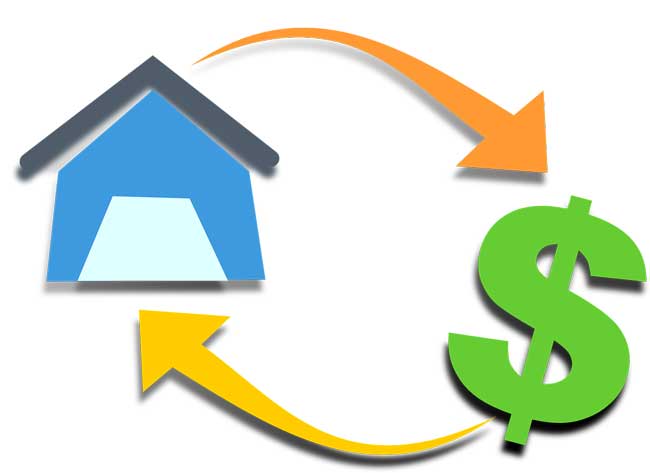
A reverse mortgage is a special home loan that can provide you with financial assistance if you are 60 (or 62 in some countries) or older. It allows people to release home equity to live a more comfortable retirement. Importantly, you continue to own and live in your home.
When and how much will you need to repay?
When you borrow money through a reverse mortgage home equity conversion loan (HECM), the amount you borrow is not the amount that you will owe. Unlike a standard mortgage, you don’t need to make regular repayments. Instead, interest is calculated on the balance outstanding, and added monthly to your loan. The total loan amount, including interest, is repayable when you permanently leave your home; this might occur when you sell your property, move into long-term care or pass away.
Although a reverse mortgage loan can be beneficial to you by providing you with extra funds and allowing you to remain in your home, it does have some disadvantages. One drawback is that the loan continues to accumulate interest for the entirety of the loan. Therefore, when/if you leave your home, you will owe more than what you initially borrowed.
What is a reverse mortgage calculator and how does it work?
A reverse mortgage loan calculator determines your eligibility and shows the amount you may qualify for based on different circumstances such as your age, the value of your home, and any existing mortgage balance. The reverse mortgage loan calculator is intended to provide the approximate costs, fees, and available loan repayments under the FHA Home Equity Conversion Mortgage (HECM) program.
Ways to receive your money from a reverse mortgage
The best advantage of getting a reverse mortgage is, of course, getting your payments. When it comes to receiving your money, you have four alternatives.
- You can receive your proceeds in one lump sum payment when you close your loan.
- You can get a reverse mortgage loan line of credit, which is one of the most flexible payment options allowing you to withdraw money whenever you need it.
- You can receive your proceeds with monthly payments. Once the payment is calculated, you will receive a monthly payment each month for as long as you remain in your home.
- The next option is combining your payments. For example, you can elect to get a portion of your money in a lump sum payment and have the rest of the money placed into a line of credit or set up as monthly payments.
How a reverse mortgage is paid back
When you get a reverse mortgage loan, your home’s equity secures the loan. The loan must be paid off when the borrower moves out or passes away.
When this occurs, the house can be sold to pay off the balance of the mortgage. The proceeds from the sale of the house are used to pay off the remaining balance. The borrower/heirs can keep the remaining proceeds after the loan is paid off. If it is determined that you owe on the remainder of the loan, it will be forgiven by the lender.
 My Favourites
My Favourites










Speak Your Mind